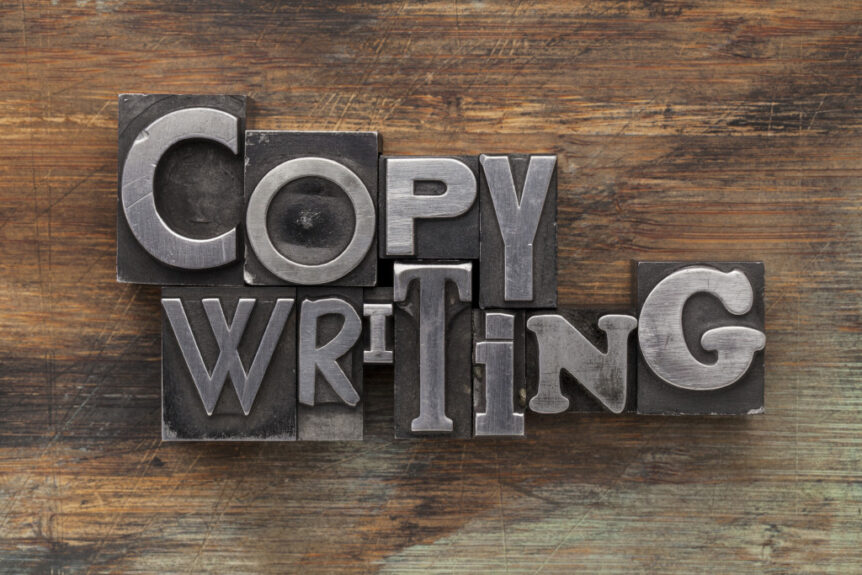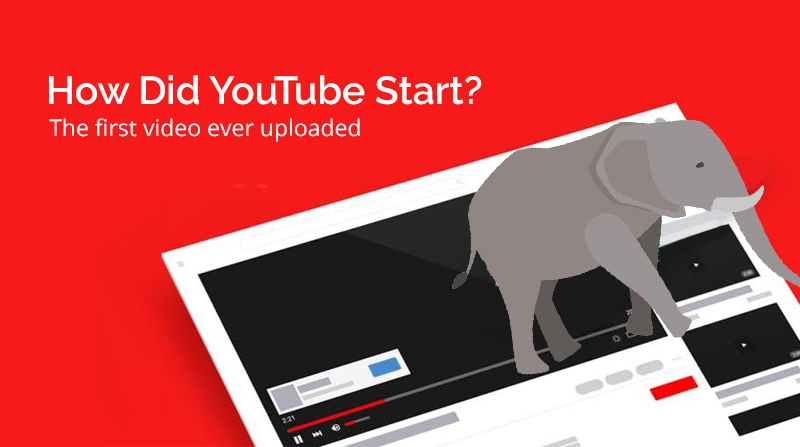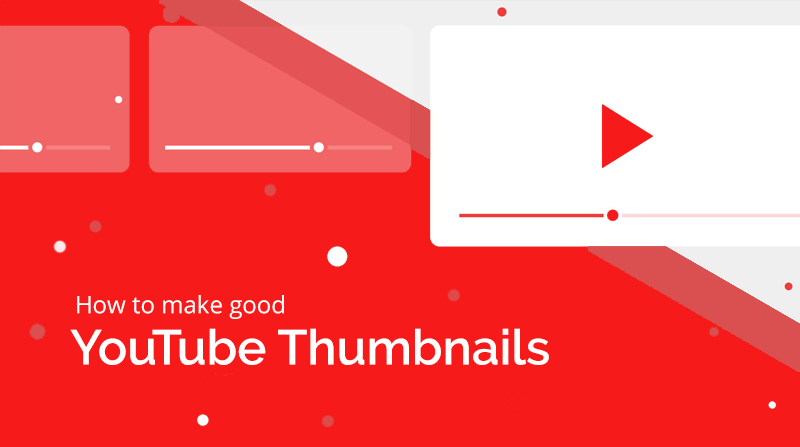E-mail marketers use many strategies to improve the effectiveness of their campaigns, but one area often overlooked is what fills the page–the copy you write.
Whether you’re a seasoned writer or a novice, it’s always important to strengthen your editorial skills and make sure your e-mail marketing communications contain valuable information. Good copy helps your readers understand your offer–and how to respond. The following copywriting tips are ones that pros know well. Following these “strategies” when you write will help you create compelling copy that engages your readers, conveys your business message and creates effective calls for action.
Strategy #1: Know your audience.
Who is this e-mail going to? Picture the average person on your list. Give them a name, even. Think about what their day is like. Think about what’s important to them. What are they passionate about? How old are they? What products or services have they purchased from you in the past and why? The more you know about the audience you’re writing for, the more targeted and relevant your copy will be.
Strategy #2: Determine your value proposition.
Know the answers to these questions: Why should your customer buy your product or service? What’s in it for them? Why is your product better than the one down the street? What are your key differentiators?
Strategy #3: Find a unique selling proposition.
The more your offer stands out from the competition, the better your chances of getting a response. Rosser Reeves, author of Reality in Advertising, defines the unique selling proposition as a promotion that offers “something that competitors do not, or will not, offer.” He also says, “The proposition must be strong enough to pull new customers to the product.”
Strategy #4: Establish an objective.
What’s the purpose of this e-mail? What action are you trying to get the reader to take? You need to be clear on this before you start writing. If the answer isn’t clear to you, it certainly won’t be clear to your reader.
Strategy #5: Use a compelling subject line.
The subject line is what gets your e-mail opened, so don’t write something quickly just before sending. You have to convince your readers that they really need to open your e-mail. The best word you can use to get the reader’s attention is you. The word you says that the message is about them. Other great words for subject lines (and headlines) include new, exciting, exclusive and introducing. Also, try to keep your subject line to 50 characters or less, including spaces.
Strategy #6: Write a great headline.
If the subject line gets your reader to open the e-mail, then the headline gets them to read further. Consider using some of the buzzwords mentioned in commandment #5 in the headline so it’ll grab readers with an obvious “What’s in it for me?” message. Here’s a question to ask yourself: What if my customers only read the headline? Will they know enough about you and what you offer?
Tip: Write five to 10 different subject lines and five to 10 different headlines to see what works best. Also, you may find that it’s easier to write a subject line and headline after you’ve written the body copy.
Strategy #7: Avoid weasel words.
When writing headlines, subheads and body copy, don’t use words that avoid a direct command, aka weasel words. These include may, maybe, hope, wish, try, but, could, perhaps and strive. Instead, use words like will and can to describe what your product or service will or can do for your reader.
Strategy #8: Don’t use passive voice–write in the present tense.
Passive voice weakens your message. It’s best to avoid it. Here are a few examples to help you see the difference:
- “Our company was chosen to receive an award” vs. “Our company received an award.”
- “We have had 15 new products arrive” vs. “Fifteen new products arrived.”
- “Ten new designs were created” vs. “We created 10 new designs.”
Strategy #9: Include a customer quote.
Do you have a great customer quote that you can include in your e-mail? A brief and convincing quote can add credibility to your campaign. The more real you can make the person to your readers, the better. Including their name, what city or state they live in and even a photo, if it fits your campaign, is a great way to communicate the value of your service.
Strategy #10: Keep your copy clean and concise.
After you write your first round of copy, read it out loud. Also, have someone else read it to see if they understand the message and the call to action. As you edit, cut unnecessary words and consolidate ideas. See if you can get your text down to 30 to 50 percent of what you started with. Also, include bullet points and possibly subtitles to make it easy to read-and, more important, easy to scan–as most readers scan a page before deciding whether or not to read all the details.
Great copywriting is within your reach. Keeping these tips in mind when you write will greatly improve your copy, making it easier for readers to understand and respond to your e-mail campaign. Good, thoughtful writing will ultimately improve your success as an e-mail marketer.


